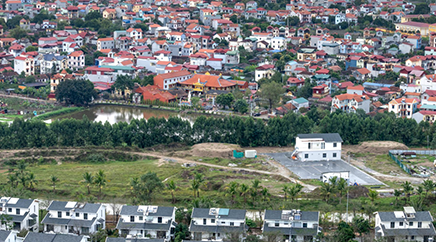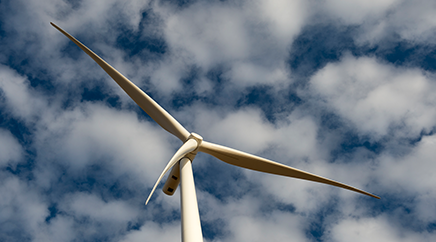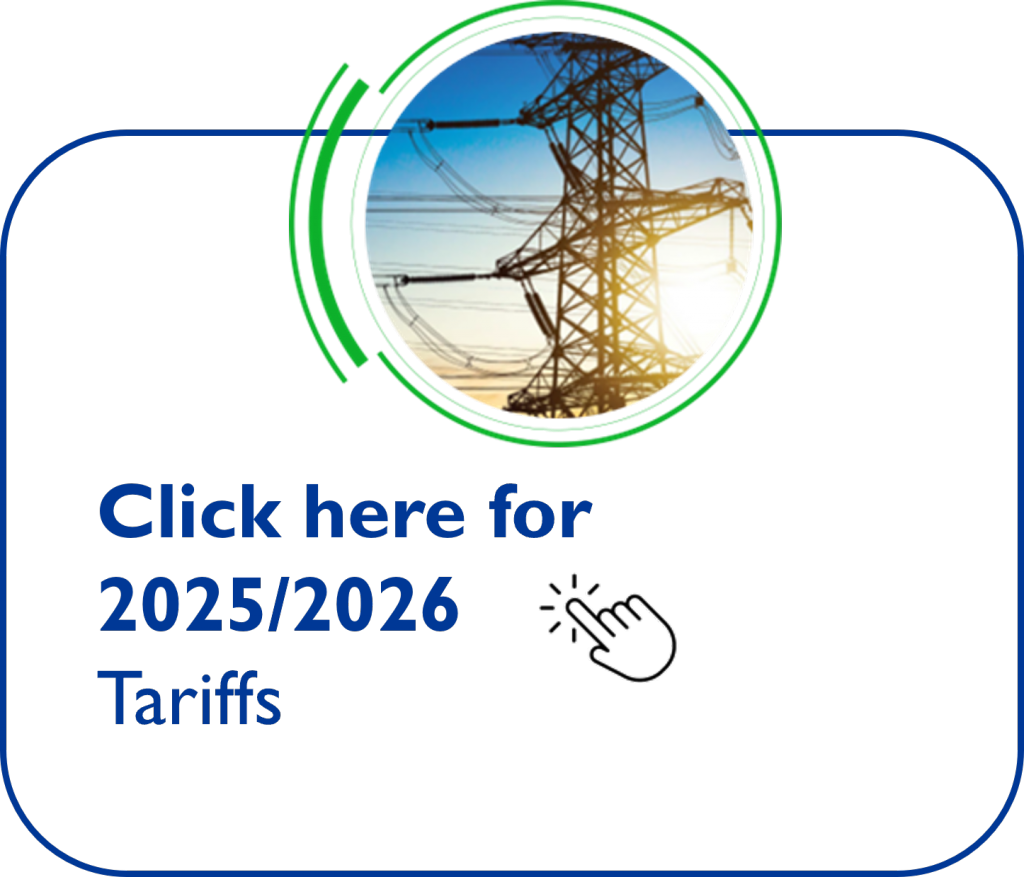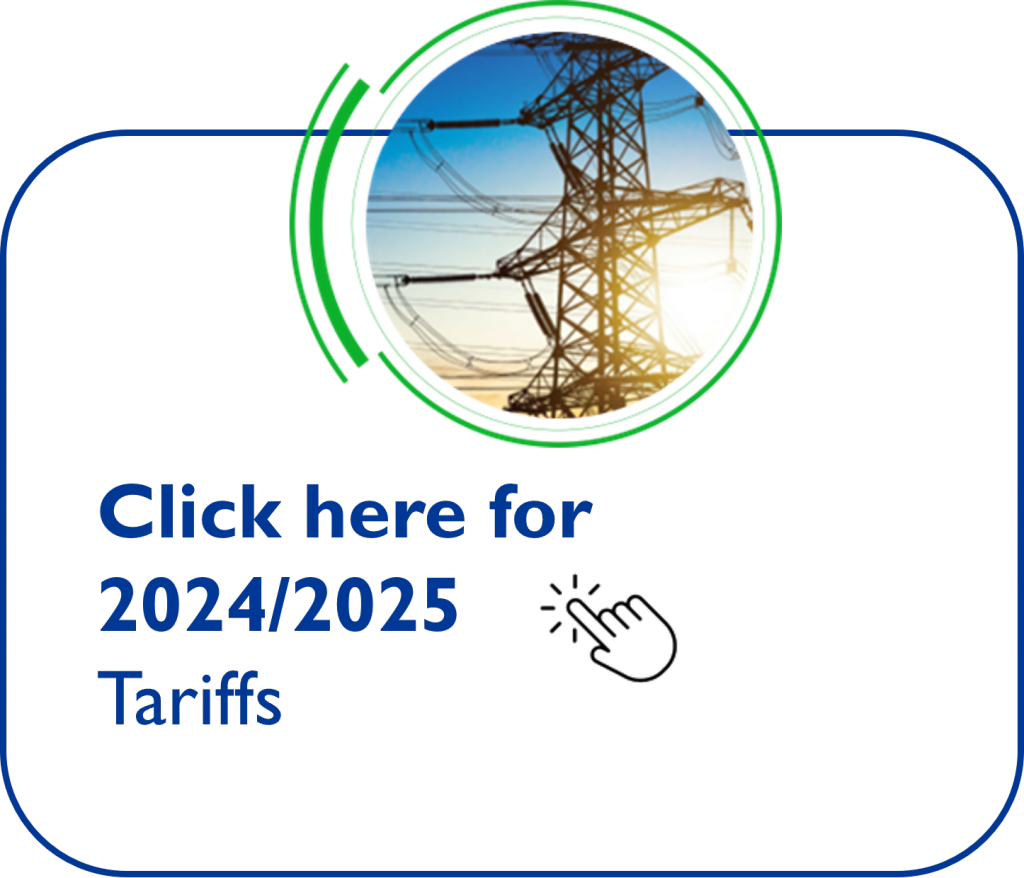Tariffs and charges
Eskom prices for electricity supply and related services are for end-customers directly supplied by Eskom and for Municipal bulk electricity purchases. Tariff and charges are tailored to meet changing customer needs and ease of understanding grouped into 5 tariff categories namely residential, urban, rural, municipal and generator tariffs.

RESIDENTIAL TARIFFS
For households electricity supply and are Homelight 20A, Homelight 60A, Homepower and Homeflex tariffs. Customers with solar-rooftop PV are required to be on a Homeflex tariff.

URBAN TARIFFS
For large industrial and mining, and medium to large commercial and institutional concerns in areas classified by Eskom as urban. Urban tariffs are Megaflex, Miniflex, Nightsave Urban (Large and Small), Business rate, Public Lighting, Transflex (rail) and Gen-Wheeling/offset tariffs.

RURAL TARIFFS
For agricultural customers, business and households located in rural areas (low density) with a range of large to smaller electricity supply capacity requirements. Rural tariffs are Ruraflex, Nightsave Rural, Landrate and Landlight tariffs.

MUNICIPAL TARIFFS
For municipalities purchasing electricity in bulk and for smaller Eskom connections to supply municipal operations like water pumps and offices. Municipal tariffs are Municrate, Municflex and Public Lighting.

GENERATOR TARIFFS
For Non-Eskom power generators that use the Eskom transmission and distribution networks to export their energy and for their operational consumption.


